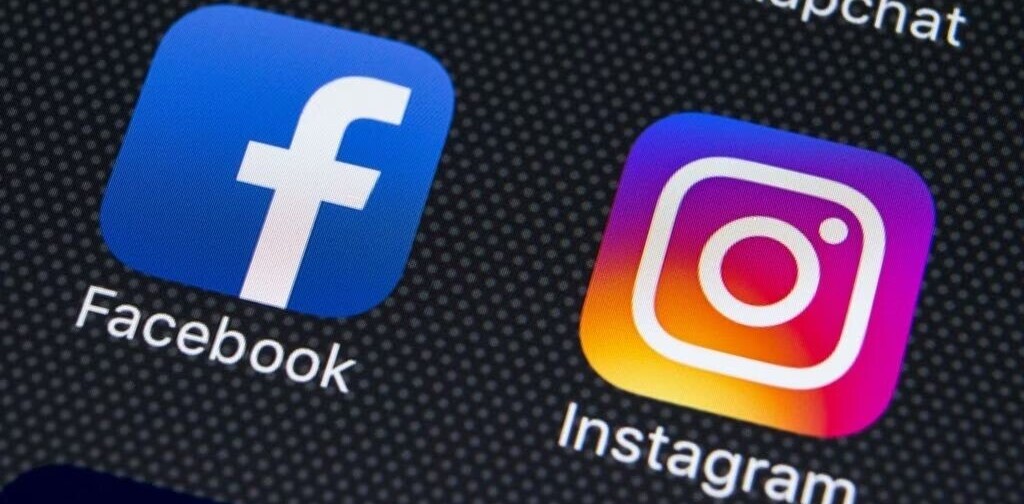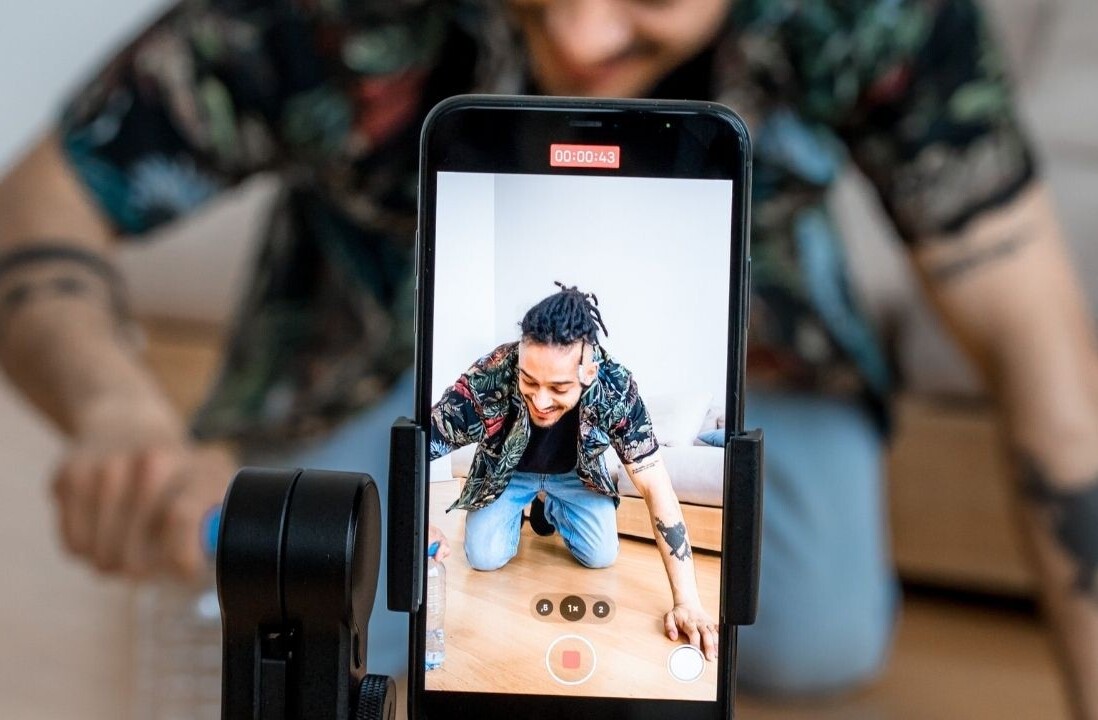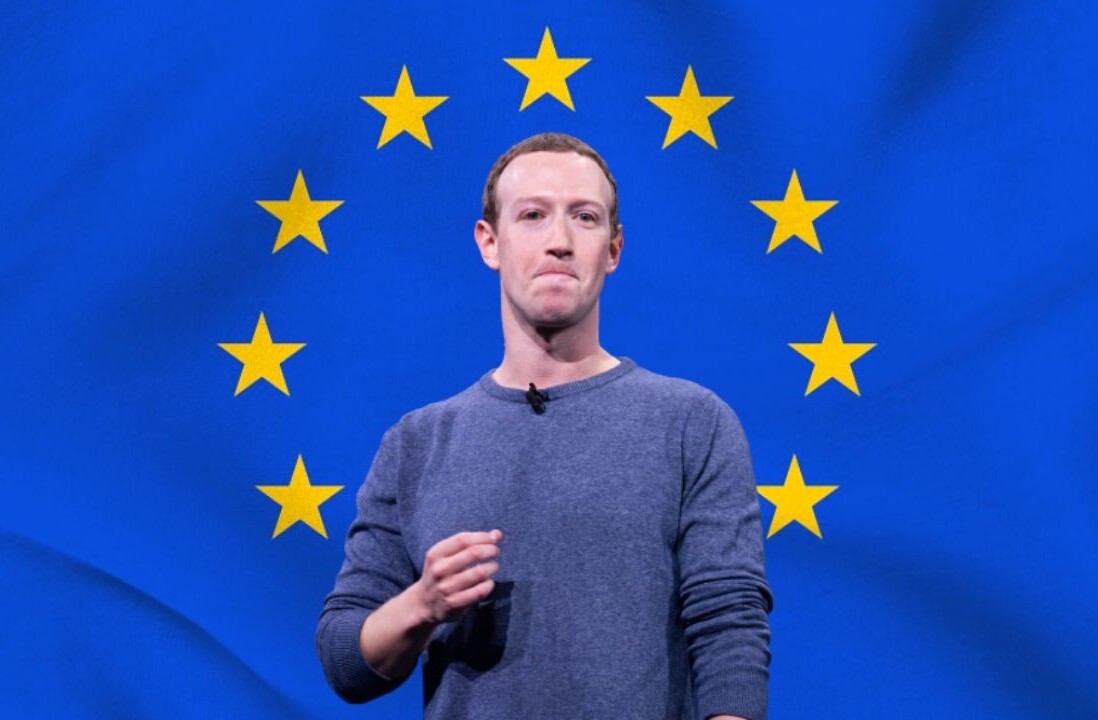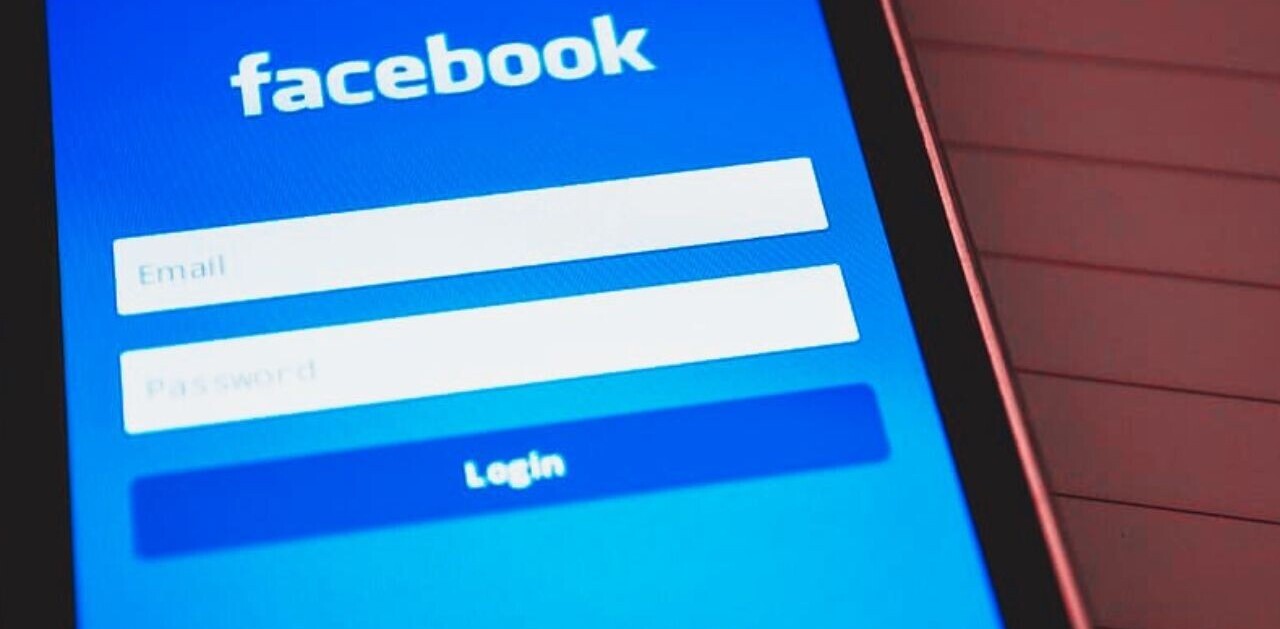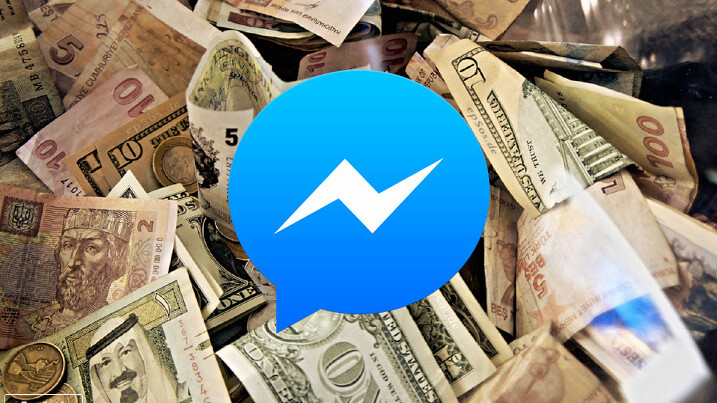
On December 31, Facebook rolled out a little banner prompting people to send a selfie to friends via Messenger to ring in the new year.
However, to show gratitude at provision of the service – and the introduction of selfie-oriented features like this – users started using the bug reporting tool to send thanks to the dev team, rather than just to say Happy New Year to their friends, according to Facebook Messenger Vice President David Marcus.
“Lots of people did that… It’s actually kind of tricky, [so] it’s funny. You have to go into the options to send feedback,” Marcus said. “They were almost, like, doing a bug report but attaching a selfie to the bug report, which was really cool,” Marcus told TNW.
Aside of the positive reinforcement from users, during the chat Marcus also revealed that one of Facebook Messenger’s most-requested features is a dedicated desktop client. Unfortunately, he wouldn’t be drawn on whether that would ever arrive – presumably not, considering Zuckerberg’s mobile-first approach to development – a road that the company has been on for several years now.
“We get a lot of requests from people, and Facebook employees, to build a desktop version – a native client. I do think we need to do a bunch of work on the desktop. Whether we’re going to build a specific native desktop client, I don’t know, but that’s a request we get a lot,” Marcus said.
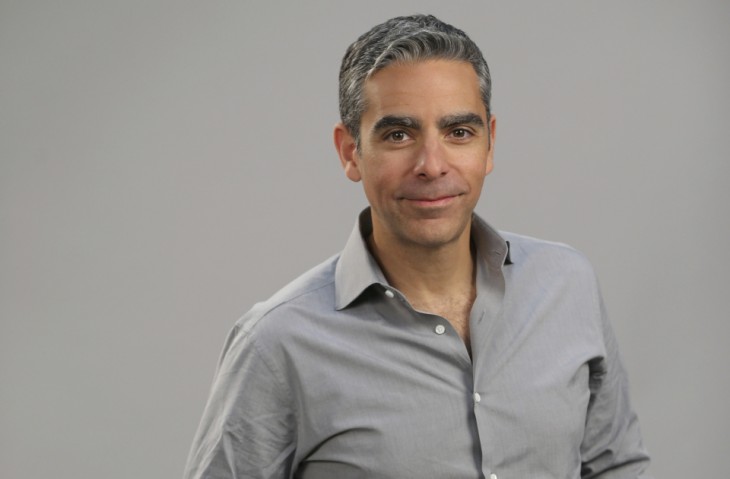
Show me the money
Obviously, being ex-PayPal President, it’s clear why some people may think Zuckerberg wanted Marcus to head the Messenger product within Facebook, but Marcus maintains that there’s no immediate plans to integrate payments into the platform.
“For Facebook it doesn’t make sense to build a payments business, it makes sense to remove friction from payments experiences so that advertisers – and people – can actually get more of what they want,” he said. “Fixing payments across all Facebook properties from an experience standpoint and really making sure it’s frictionless is really important.”
In short, if (more likely, ‘when’) it integrates payments, it’ll partner to do so. Given Marcus’ history, it wouldn’t be too much of a logical leap to see that deal going PayPal’s way – he knows exactly what is or isn’t possible with that particular service already. However, the company already has an existing deal with Stripe to power its ‘Buy’ button, so that’s just as likely, if not more so.
Marcus also confirmed to TNW that there’s no immediate plans to monetize the Messenger service independently, although that day will come eventually.
“We will monetize at some point; we’re not in a rush to monetize Messenger, we don’t think we have to do this very soon. We just want to make sure we build the best messaging platform first, and then we’ll figure it out. There are a bunch of things we’re thinking of about how we will monetize over time.
In Asia, there are a bunch of messaging apps that monetize by selling content, so that could be a way. In other parts of Asia, there are other apps that enable commerce to happen on the platform, so that could be another. There are a bunch of different thing we’re thinking about.”
Marcus is now a little over six months into the role, he says that he doesn’t miss working in payments, and that the process of convincing him to leave PayPal wasn’t all too tricky.
“It took about six weeks. Mark can be pretty intense, in a good way. And he was pretty determined, so it was a good conversation.”
With its more recent introduction of Sticker search, Facebook’s Messenger service isn’t shying away from the competition and Marcus said we can expect to see a slew of new features aimed at accurately “conveying human emotions” in the months ahead.
Get the TNW newsletter
Get the most important tech news in your inbox each week.

